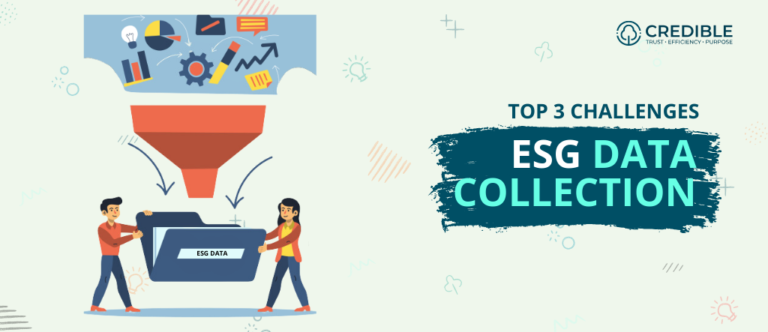Environmental, Social, and Governance (ESG) data has become a cornerstone for responsible investment and corporate decision-making. However, the journey to reliable ESG data is fraught with challenges. From inconsistent reporting standards to data gaps and limited transparency, these obstacles can significantly impede the effectiveness of ESG analysis and reporting. In this blog, we delve into the top three challenges in ESG data collection and offer practical solutions for overcoming them.
The Crux of the Matter: Top 3 Challenges in ESG Data Collection
When it comes to ESG data collection, three main challenges often rear their ugly heads: inconsistent reporting standards, data gaps, and limited transparency. These issues can significantly hinder the effectiveness of ESG analysis and reporting. Let’s delve into each one.
Inconsistent Reporting Standards
One of the most significant challenges in ESG data collection is the lack of uniform reporting standards. Various organizations and frameworks offer guidelines for ESG reporting, such as the GRI, TCFD, SASB, CDP, UNSDGs, CSRD, and many more. However, the absence of a universally accepted standard means that companies often report ESG metrics in different formats, making it difficult for investors and stakeholders to compare data accurately.
Data Gaps
Another hurdle in ESG data collection is the data gaps. These gaps can occur for various reasons, such as limited resources, lack of expertise, or the absence of established procedures for data collection. Data gaps can severely undermine the quality of ESG analysis, as they result in an incomplete picture of a company’s sustainability performance.
Limited Transparency
The third challenge is the veil of limited transparency that often shrouds ESG data. Companies might engage in ‘greenwashing,’ exaggerating their sustainability efforts. This lack of transparency can erode trust among investors and stakeholders, who increasingly demand full disclosure of ESG practices.
Overcoming the Challenges
So, how do we navigate these challenges? The key lies in adopting a multi-faceted approach that includes technological solutions, stakeholder engagement, and a commitment to transparency.
Tackling Inconsistent Reporting Standards
- Align reporting with relevant, recognized frameworks to enhance data credibility.
- Facilitate easier interpretation of information for stakeholders.
- Engage with industry groups and regulatory bodies to advocate for standardized ESG reporting.
- Actively participate in discussions for the development of consistent and meaningful ESG metrics.
Bridging Data Gaps
- Conduct a comprehensive audit of ESG data collection processes.
- Identify and prioritize areas lacking data to effectively allocate resources.
- Employ automated data collection tools to streamline processes and minimize human error.
- Consider partnering with third-party data providers to supplement internal data.
- Utilize artificial intelligence to identify data gaps and suggest ways to fill them.
Ensuring Transparency
- Adopt a proactive approach to ESG disclosure, reporting both strengths and areas needing improvement.
- Undergo third-party audits to validate ESG data accuracy and provide an impartial performance assessment.
- Engage in open dialogue with stakeholders to understand their concerns and expectations, guiding more transparent and meaningful reporting.
Conclusion
Collecting accurate, complete, and reliable ESG data is a complex task, but it’s crucial for meeting the growing demands of investors and stakeholders. By addressing the challenges of inconsistent reporting standards, data gaps, and limited transparency, organizations can significantly improve the quality of their ESG data. This, in turn, will enhance the effectiveness of ESG analysis and reporting, thereby contributing towards sustainability. After all, accurate and reliable ESG data isn’t just good for business; it’s also good for the planet.
For more information on relevant ESG reporting standards, visit the Credible ESG Reporting Platform.







